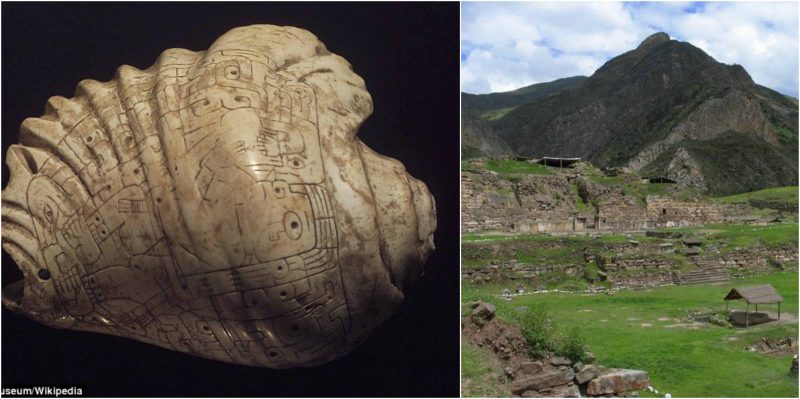Today we have somehow gotten accustomed to a number of ideas, mistakenly believing them to be an integral part of human civilization, however, a few thousand years ago humans lived an entirely different way of life. The idea of freedom and authority, for instance, is largely celebrated these days, giving the impression that humans were never free and the modern age has given us freedom; well this is a grave misconception and couldn’t be further from the truth.
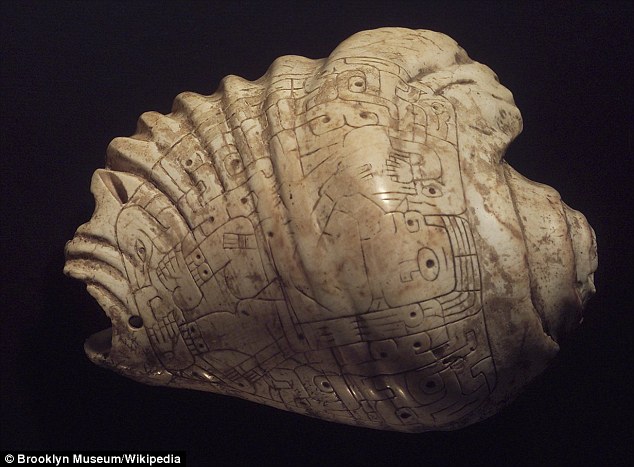
If we. look back 5000 years ago, humans were living under an entirely different umbrella of lifestyle, one which is totally alien to us in the 21st century.
Authority, the idea that someone, some group, or something (if you count future robots in the mix) can willfully control and manipulate the masses is widely accepted now, however, 5 millennia ago there was no such thing as total authority over people.
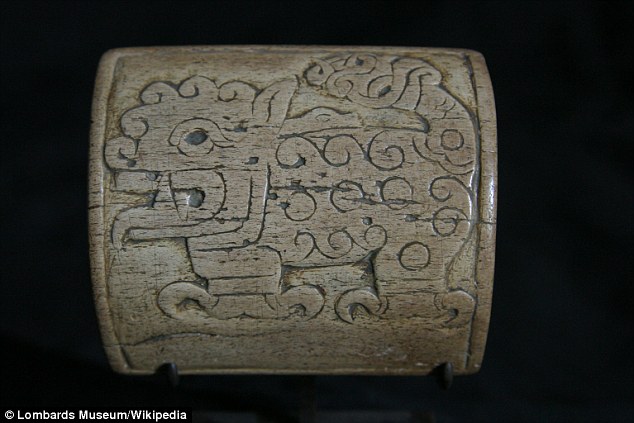
The pre-Incan civilization known as the Chavin people were ruled by a group of religious priests who devised the most manipulative tools, in order to establish an all-encompassing authority over the common people.
These priests, according to the experts, deployed a number of tools to further their innovative aims. The iconography, architecture and use of psychoactive drugs were the primary means for these priests to control the people from all possible sides.
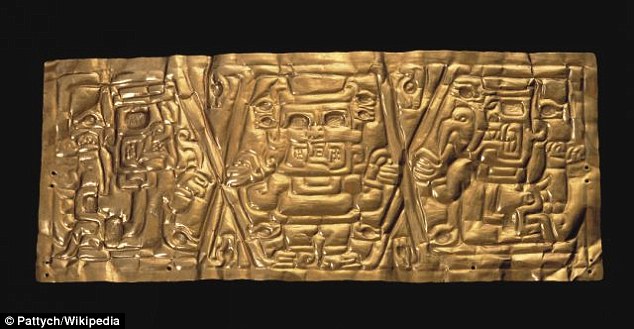
Doctor John Rick of the Stanford University who is a renowned authority on Chavin believes that these ancient priests successfully created an illusion of Power among people. He suggests the authority in its any shape and form is highly manipulative, regardless of the illusion of democracy or the menace of dictatorship. According to Dr. Rick, the Chavin culture emerged in Peru sometime around 1200 BC and enjoyed its prime in 900 BC before collapsing into extinction in 200 BC. The centre of the civilization was the city called Chavis De Huantar, a religiously themed city of towers and temples with a labyrinth of tunnels underground the city providing the perfect ‘laboratory’ for priests to experiment for power and authority.
‘They were literally building a New World’ says Dr. Rick. These priests were constantly experimenting with new ways and tools of control and govern with absolute power. The methods they were using are somewhat the raw forms of what the governments around the world utilize to control the population.
The whole city of Chavin was planned and built around the idea of authority, structure enabling sound and light manipulation, with a whole network of underground tunnels and ritual areas to seduce and drug people into submission. The guests to the city were taken to these so-called welcoming ceremonies, where they were cleverly drugged and made submissive.
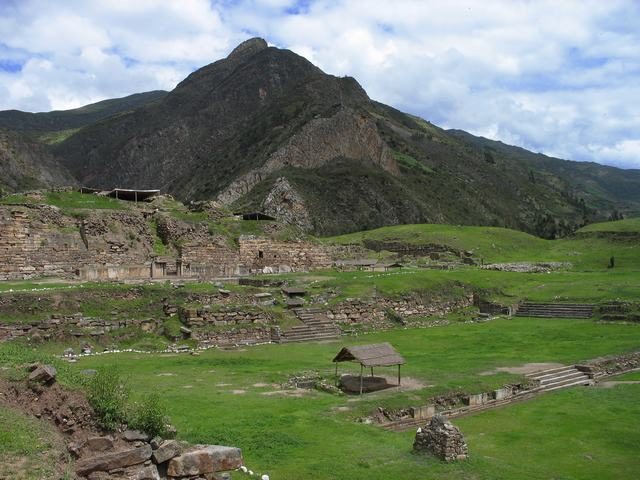
Dr. Rick believes that these Chavin priests were highly intelligent and cunning human beings, they saw authority as the extension of some divine power and did not think of it as something bad. They simply did not think of freedom of masses in the smallest degree. Although ancient Egyptian pharaohs were also power hungry, the Chavin priests went to extra lengths and dedicated their lives to creating their super-authoritative society filled with deceit and manipulation.
